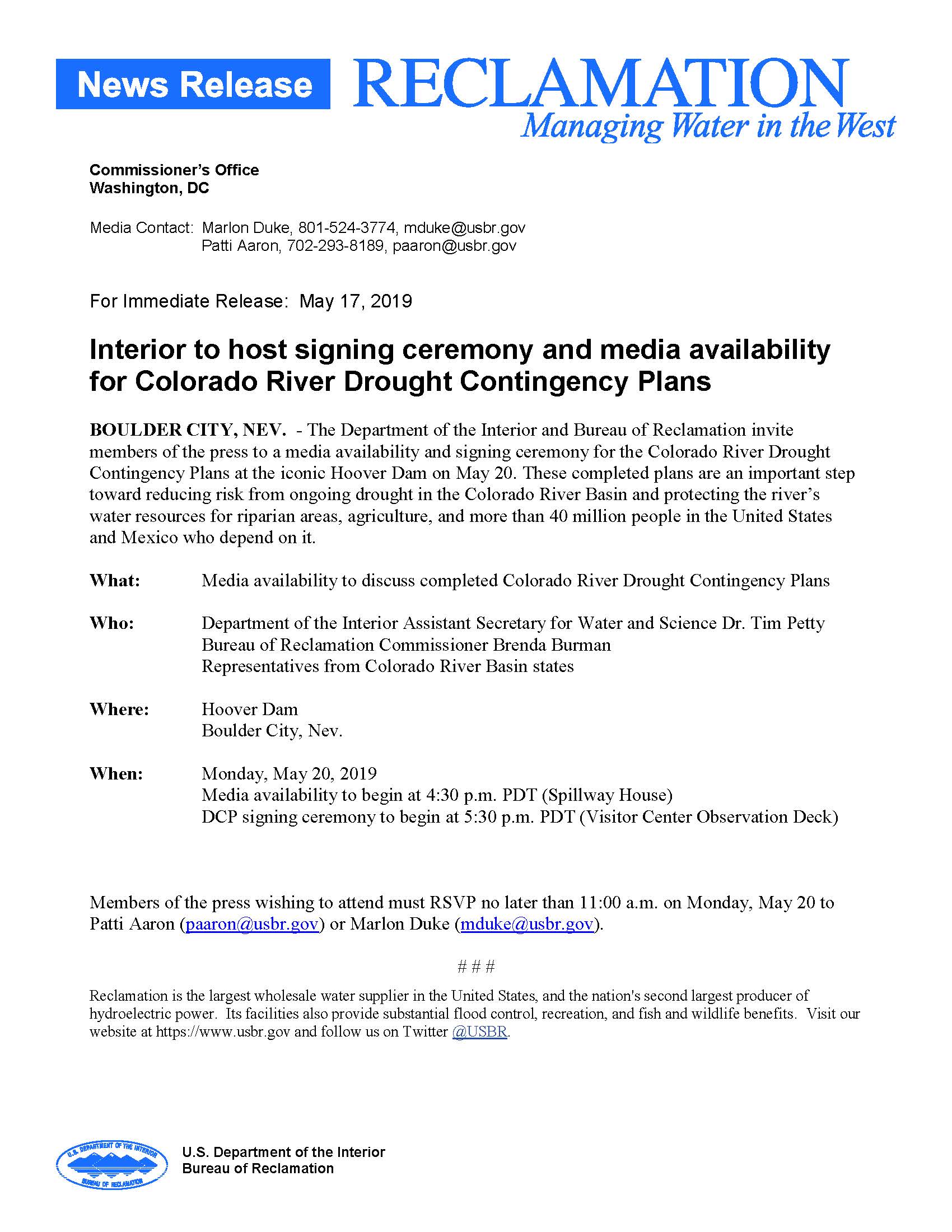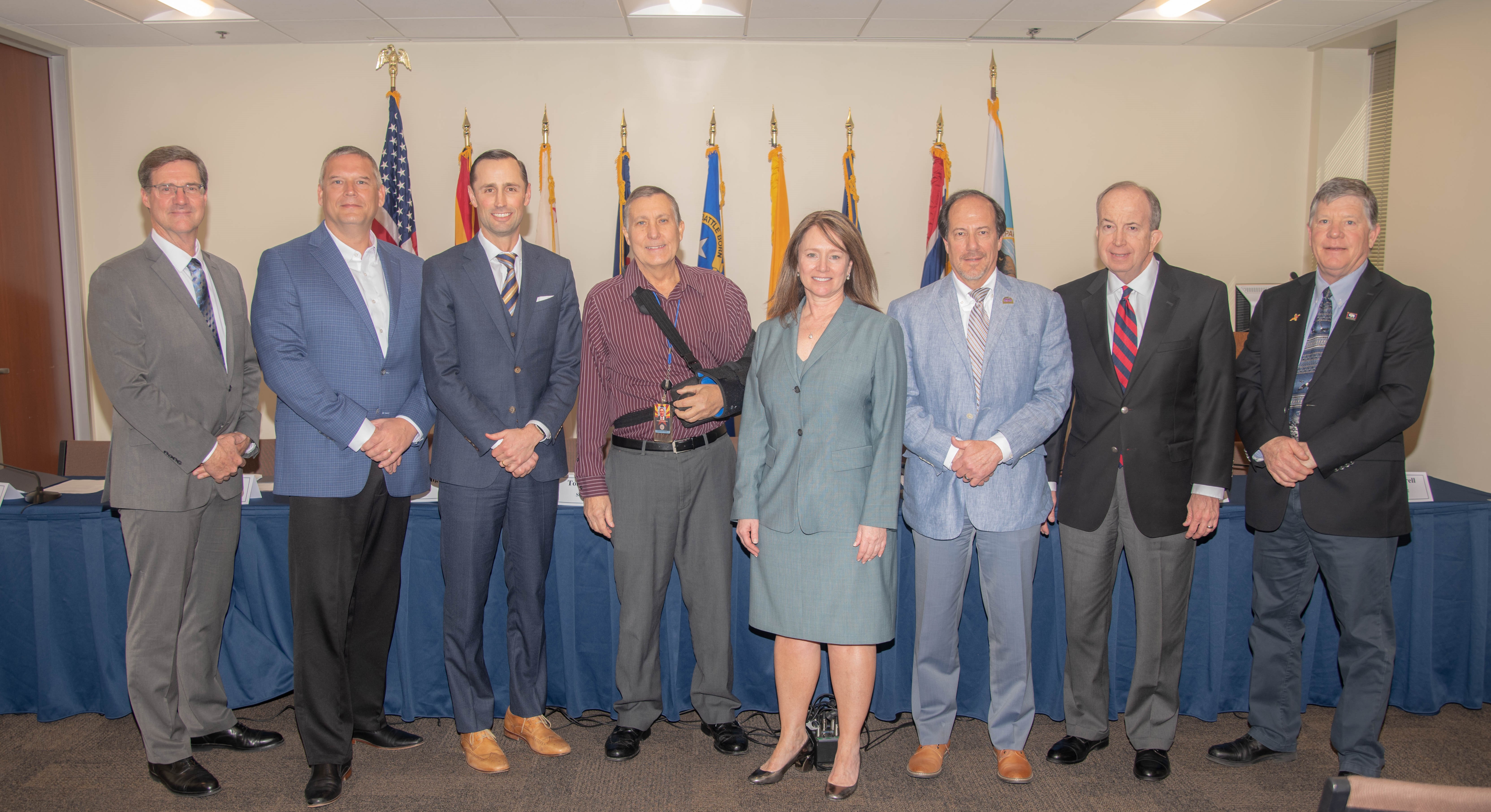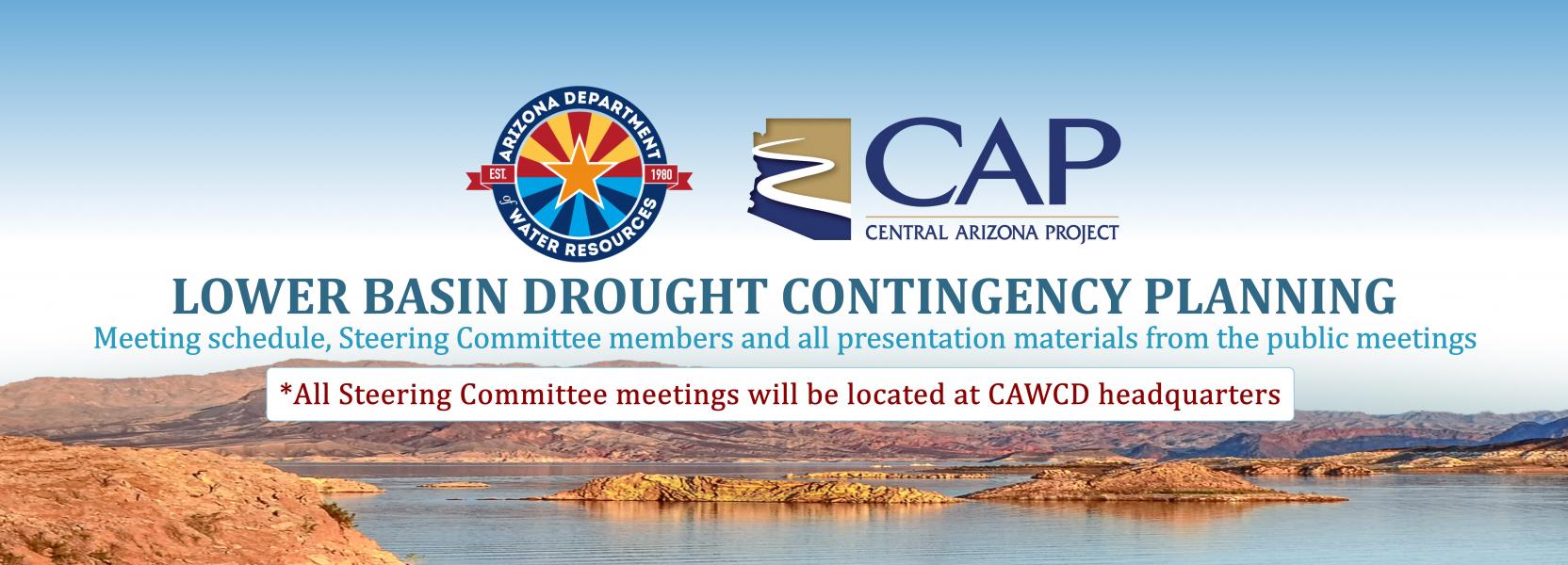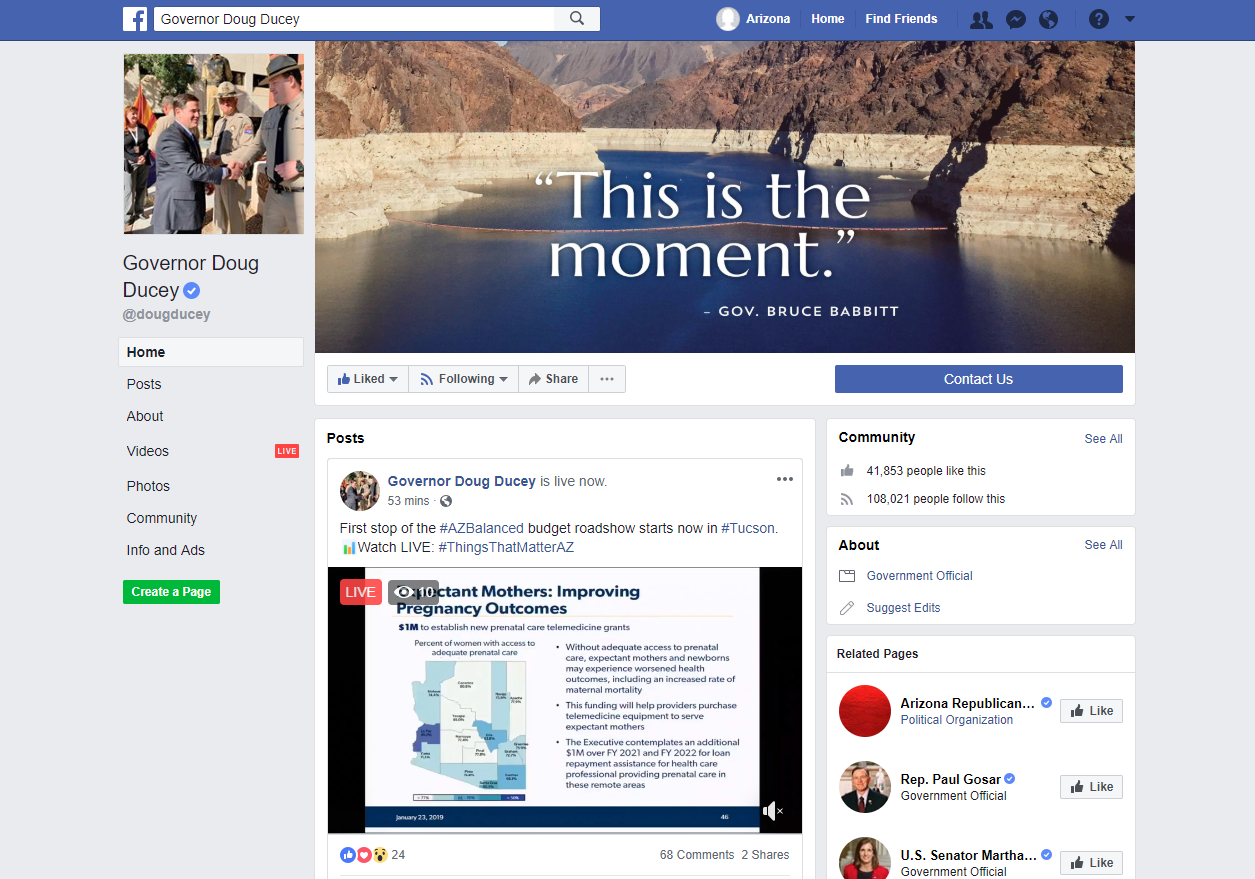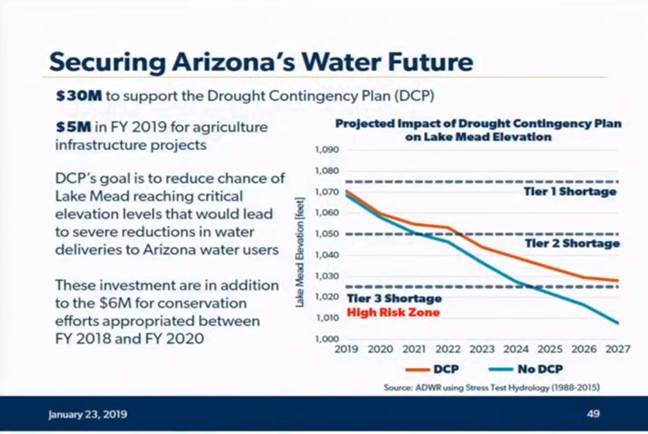Stronger Together
As the drought in the Colorado River Basin extends beyond its 20th year, we anticipate the first-ever shortage declaration on the Colorado River. The shortage will result in a substantial cut to Arizona’s share of the river, with reductions falling largely to central Arizona agricultural users. These reductions are painful, but we are prepared. We have long understood the risks to Arizona’s Colorado River supplies and have been planning for decades, including the successful efforts to create a Drought Contingency Plan for the Colorado River system in 2019.
It’s important to note that a shortage means a reduction in the Colorado River supply available to Arizona. While we may have less water coming to Arizona from the Colorado River in 2022, the river will continue to be a vital source of water for generations to come.
In 2021, the river is currently operating in a “Tier Zero” status, requiring the state to contribute 192,000 acre-feet of Arizona’s 2.8 million acre-foot annual entitlement to Lake Mead. This contribution is coming entirely from the Central Arizona Project (CAP) system.
Based on the current hydrology, it is likely that the U.S. Bureau of Reclamation will elevate the shortage level to a “Tier 1” in 2022. This would require Arizona to reduce uses by a total of 512,000 acre-feet, again, borne almost entirely by the CAP system. While significant, the high priority CAP water supply for cities and tribes is not affected due to the implementation of agreements among Arizona water users.
We are prepared for Tier 1 reductions because Arizona water users have been working collaboratively for many years to protect our Colorado River water supply.
Specifically, the seven states in the Colorado River Basin and the U.S., and the Republic of Mexico, developed plans for managing the Colorado River, known in the U.S. as the Drought Contingency Plan (DCP), which lasts until 2026. Arizona prepared a unique and innovative way to implement the plan in Arizona through its DCP Steering Committee.
The DCP Steering Committee, which included more than 40 representatives of tribes, cities, agriculture, developers, environmental organizations, and elected officials, worked collectively to share the risks and benefits of the DCP. Arizona’s DCP implementation plan represents the best of Arizona water management: collaboration, cooperation, and innovation.
The plan shares resources and mitigates the impacts of shortage reductions. In the plan, some are committing to leaving extra water in Lake Mead to reduce future risks, while others are sharing water with the most severely impacted of the state’s water users, central Arizona agriculture Together these efforts reduce the pain of the near-term reductions while addressing risks of future shortages. The result is the Arizona water community is prepared, even in the midst of a decades-long drought.
The actions taken by Arizona’s water-community stakeholders, legislature and by Governor Ducey manage the immediate risk to supplies on the Colorado River, providing time while we develop new rules and programs to sustain the river after 2026.
As we face the prospect of a hotter and drier future, we are confident that with our long history of successful collaboration among our diverse stakeholders – agriculture, tribes, cities, environment, and industry, we will continue to find innovative and effective solutions to sustain Arizona’s Colorado River supply.







